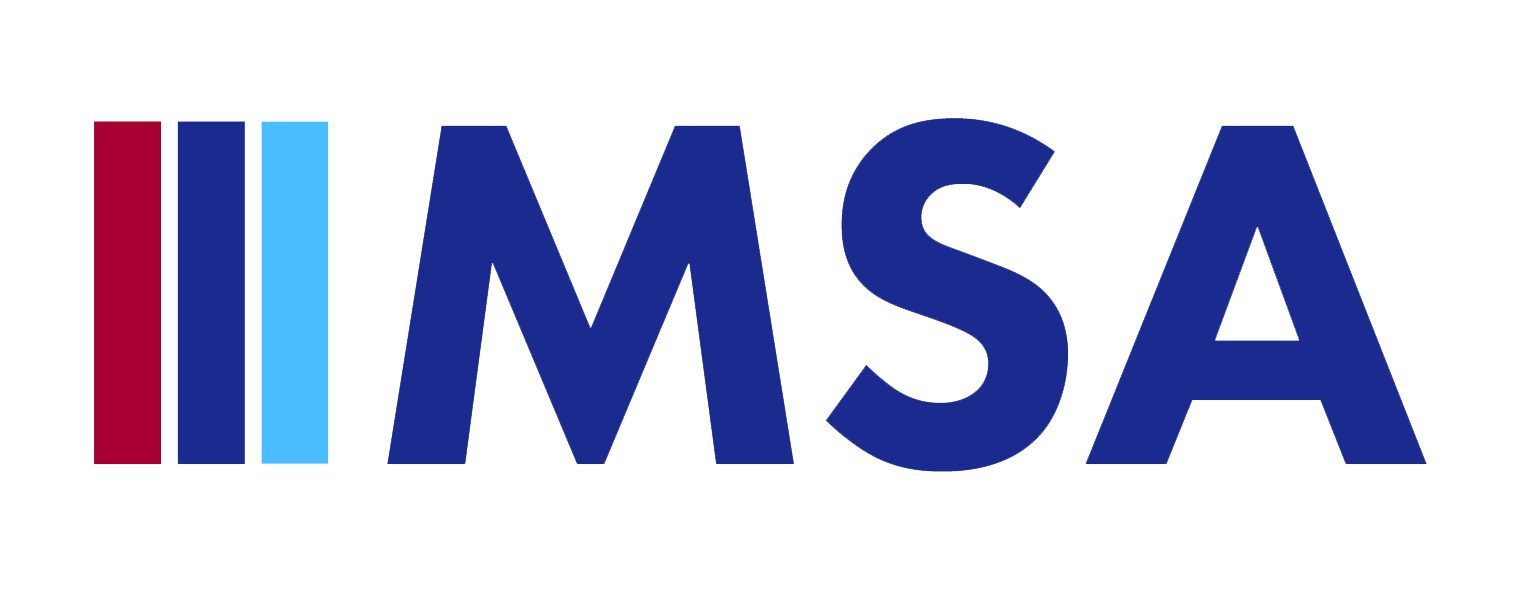Zager and Evans in their 1969 one-hit wonder In the Year 2525 used 1010-year intervals in the verses of the song to give disturbing predictions for each selected year. The pattern of the lyrics changes, and so does the music, placing an eerie emphasis on ominous speculations of the resulting effect of technology dehumanizing mankind. Not unlike these songsters, critics of educational progress predicted economic disaster if all students were not college and career ready by 2014. Well, it’s 2014 and unlike Zager and Evans we are in the century experiencing the disaster.
Since the turn of this century, the continuous push for all students to complete higher education has created a shortage of a high-skilled workforce in professions which may require technical training, but not necessarily a college degree. Career and technical education – formerly known as vocational training – was relegated to those who liked to “work with their hands” and who were better suited to career paths in trade and industry.
Caralee Adams, in a recent post on Education Week Blogs, reports that although the emphasis in many high schools is around creating pathways to a four-year college, several news items point to a renewed recognition of the value of career and technical education:
- The Mississippi Schools Tech Master Program sponsored by the Mississippi Economic Council will recognize high school seniors who pass a career certification test to complement the existing Mississippi Scholars Program which recognizes high school seniors who achieve certain standards in college prep curriculum
- In Oregon, 140 schools will share nearly $9 million that the state legislature recently allotted for career and technical education programs. The expenditure was quadrupled by the legislature in 2013 with officials citing the need for a skilled workforce with training in science, technology, math, and engineering and well as student access to shop classes.
- Meanwhile, in Massachusetts, a Democratic candidate for governor called for more state and private money for vocational-technical education programs to help close the “skills gap” between what schools deliver and what employers need.
- West Virginia Governor Earl Ray Tomblin highlighted the need for skilled STEM workers and called for increased support for career and technical schools. The governor is proposing to spend $500,000 to expand the state’s Advanced Career Program, which helps students pursuing a technical career to get the knowledge and skills to be successful in the workforce, he said.
- Kimberly Green, the executive director of the National Association of State Directors of Career Technical Education Consortium, said there is political momentum behind career technical education programs. “Clearly, the economy pushed this into the spotlight,” she said. “We have a mismatch between what we are preparing people for and what the jobs of the economy require.”
Adams also reports that recent data reinforce that even with high unemployment, many skilled jobs going unfulfilled. At the same time, research has come out showing 90 percent high school graduation rates among students in CTE programs.
It’s time to change the pattern – in addition to asking career and technical students to step-up to the plate and take more rigorous courses for college, we should also be asking college prep students to take advantage of career and technical course offerings – then maybe all students will be college and career ready in the year 2525.

